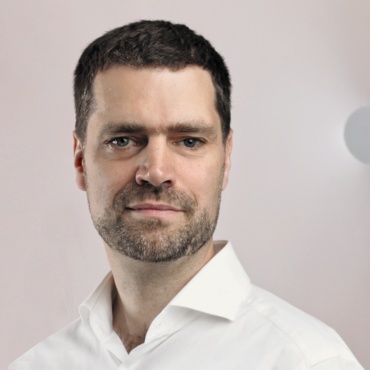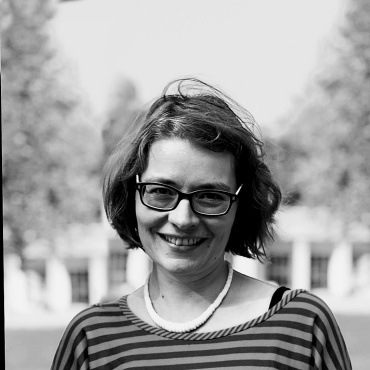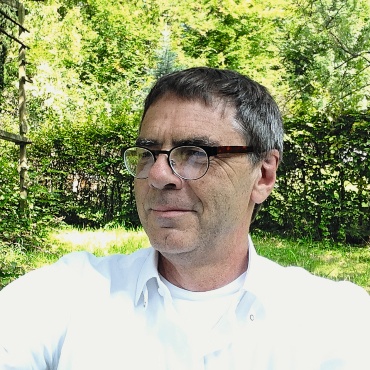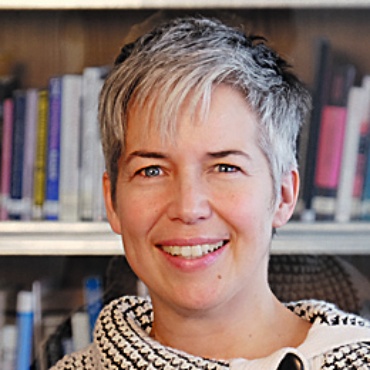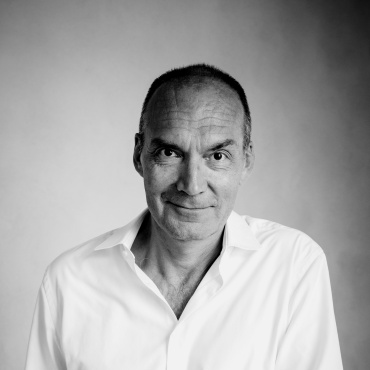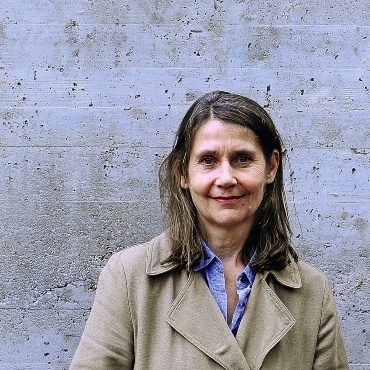
The inspiration for the "Architecture and Responsibility" series of public lectures was a book, or rather numerous copies of a book: "The Physicists" by Friedrich Dürrenmatt. The reason for this was that the University of Stuttgart chose this work about the ethics of science and the notion that discoveries, once made, cannot be reversed as its contribution to the "One University - One Book" [de] campaign in 2019, the objective of which is to get as many people as possible involved in discussions on a given topic at universities throughout Germany.
This was achieved in a special way at the University of Stuttgart's Faculty I Architecture and Urban Planning in the winter of 2019/20: an entire series of public lectures was created, which was continued into the winter semester of 2020/21. In the course of this series of public lectures, the various professors who took part explored the question of what responsibility means to them in their specific fields of expertise. Landscape planner Prof. Leonie Fischer, for example, raised the question as to whether people or nature should be prioritized in urban green spaces. Prof. Laura Calbet i Elias, Director of the Instiute of Urban Planning and Design (SI), addressed the question of responsibility in residential building policy.
What architectural researchers from the University of Stuttgart think about responsibility
[Photos: Dietmar Spolert, o.A., Universität Stuttgart/IDG/Pirmin Wollensak, Brigitta Stöckl, MyrzikJarisch, o.A.]
"When we heard that the University had won the bid,” says Prof. Christine Hannemann, Head of the Faculty of Architektur- und Wohnsoziologie (the sociology of architecture and housing) at the Institute of Housing and Design (IWE), “my colleague at the Instiute of Urban Planning and Design, Prof. Astrid Ley, suggested that we should also focus the series of public lectures on the dilemma raised in the book about the responsibility of scientists for their inventions. She took on the academic directorship for the series of public lectures, which was launched in 2019. The colloquium itself has been around for a few years longer. The professors orginally talked about their specific fields of study there.
The "Architecture and Responsibility" series met with such a great and positive response in the 2019/20 winter semester that the faculty continued the theme this winter. For many years, says Vera Krimmert who is studying architecture, sudents have lacked any interdisciplinary exchange. "This series of public lectures is now exploring a given topic from all perspectives. That never happened in this form before."
A focus on climate change
Dürrenmatt's physicists have three clashing points of view. The first declares that science is science and that society is responsible for the consequences, not science. The second is of the opinion that science is always carried out in the service of one power or another. The third rejects science and wants to retract certain findings and evades responsibility by taking refuge in an insane asylum. “By contrast,” as Hannemann stresses, “architects and urban planners always bear responsibility.” The architectural sociologist says that her colleagues now perceive her in different light because of the response to the series of public lectures: "there was one clear focus during the discussions following each lecture: climate change, a subject that really moves the students, because it is an area in which architects and urban planners have a specific responsibility."
And the trick will be to combine affordable accommodation with climate change mitigation, which I’ve yet to see any research and studies on.
Professor Christine Hannemann
Krimmer takes the same view: "So far,” she says, “the climate issue has only played a peripheral role in introductory courses. Later it is possible to address it appropriately but the choice is very limited and the seminars are over-subscribed.” Particularly when it comes to questions relating to the responsible use of construction materials and the goals of architecture, she goes on to say, students really need information and discussions, whereas the subject is already covered in broader terms in urban planning courses.
In my opinion,” says Hannemann, “a series of public lectures such as this also serves a cathartic function by pointing out the gaps and dealing with them in a creative manner, whereby we should not only be considering the climate issue, but also the social side, i.e., affordable accommodation. And the trick will be to combine affordable accommodation with climate change mitigation, which I’ve yet to see any research and studies on." Architects are still fixated on new builds, but purely in terms of square meterage, there is already sufficient housing space to accommodate everyone. Hannemann is therefore convinced that "construction form in the future will be about refurbishing existing buildings. "These tasks need to be tackled and we're using the series of public lectures to discuss ways of initiating that with the faculty.
"From what I see, we have a new generation of students with a social conscience."
Professor Christine Hannemann
The professor and the student both confirm that students are insistant about these topics: From what I see, we have a new generation of students with a social conscience," Hannemann explains. "I also think that increasing numbers of
young people are studying architecture not because of any artistic aspirations, but from a desire to shape society in terms of construction and space usage." Following a neoliberal phase, she explains, ethical-social questions are now increasingly coming to the fore. "The first scholarly, overarching account, the Handbuch Verantwortung, edited by Ludger Heidbrink, Claus Langbehn, and Janina Loh, was published in 2017, and demonstrates that attempts are being made to bring things up to date."
And as Krimmer notes: "It seems to me that the generation born after 1995 has become more aware of their social responsibilities than we older students had been. Our main concern was optimizing our own careers, or maybe we didn't have to get so involved with political issues." But now, she says, political questions – such as how to replace concrete, which has a huge CO2 footprint, with timber – are taking priority. "The problem,” says Krimmer, “are the DIN standards and the building authorities, neither of which is yet geared up to deal with this.” But then she does get political: "Actually, all of this should be regulated by the market but then it would the same as with the internal combustion engine – an outdated design is being kept alive by artificial means."
At the end of his lecture "Creative design process and social responsibility” which he delivered as part of the series of public lectures, Prof. Markus Allmann outlined some better construction methods. His company is currently building a school in Munich for 1000 young people using a completely CO2-neutral timber construction method. As a fundamental principle, he urged, "we have to make a commitment to socially and environmentally responsible construction.” Because, he adds, it is already apparent that architecture is falling into disrepute to the Newtork between artistic and social aspirations.
Text: Daniel Völpel
Professor Christine Hannemann, Institute Housing and Design (IWE), University of Stuttgart, phone: +49 711 685-84203, e-mail


